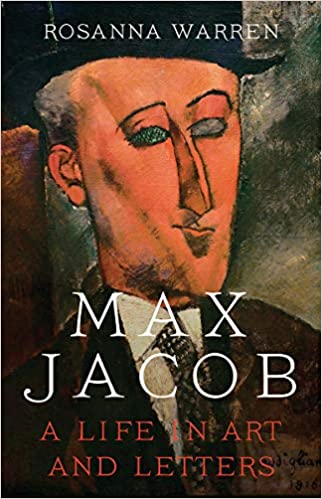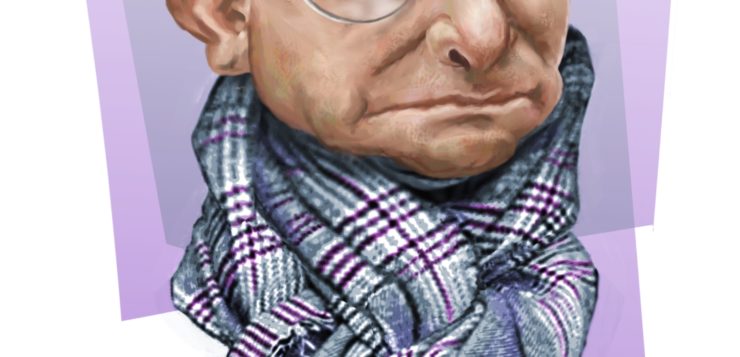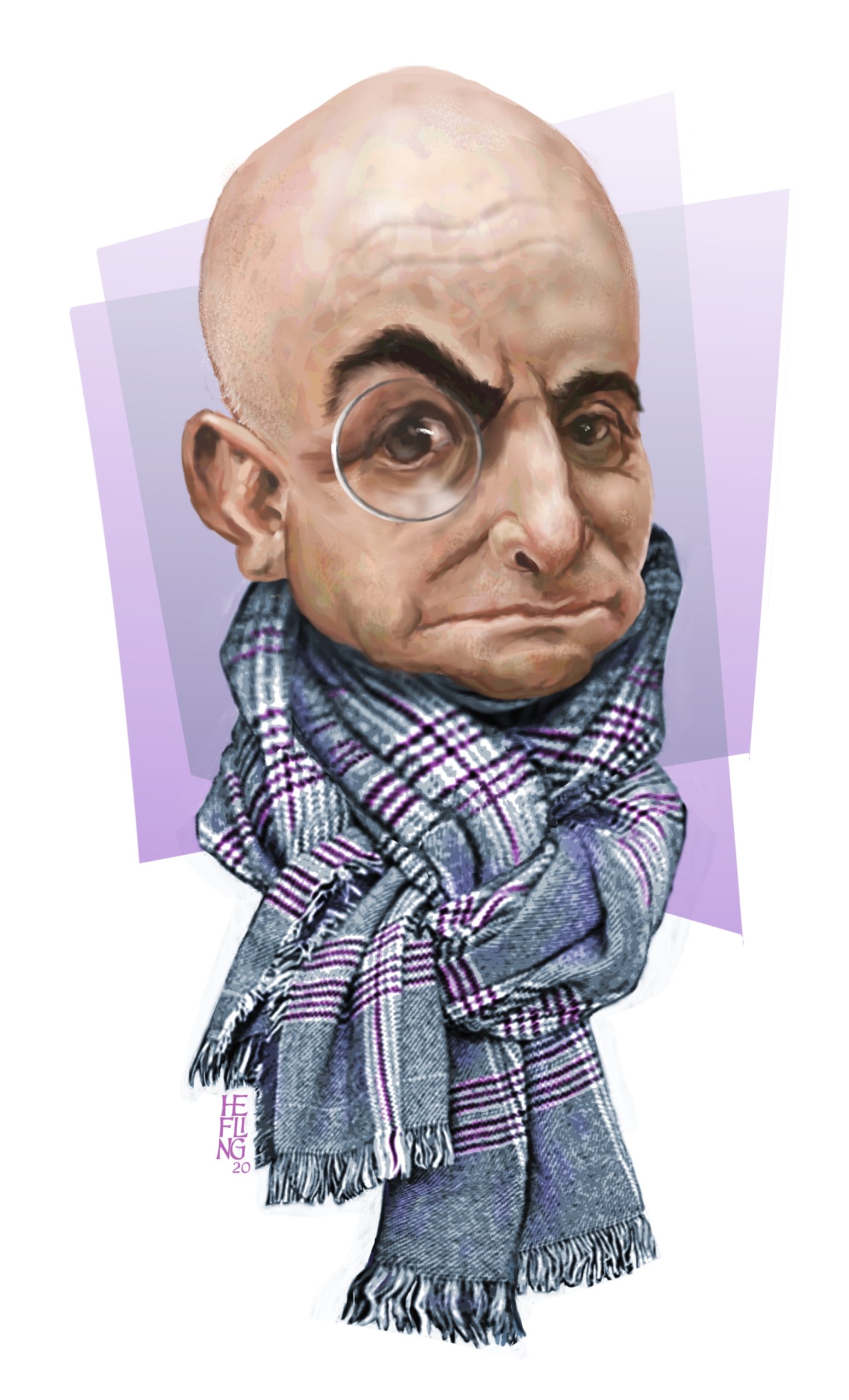 MAX JACOB
MAX JACOB
A Life in Art and Letters
by Rosanna Warren
W. W. Norton. 720 pages, $45.
IN A RECENT INTERVIEW in The New York Times Book Review, the gay writer Wayne Koestenbaum was asked which three writers, dead or alive, he would invite to a dinner party. He chose Jean Rhys, Emily Dickinson, and Max Jacob. Of the three, the least well known by most American readers must be Jacob. Today, outside his native France, Jacob has found only a modest place among his fellow 20th-century Modernists. (The encyclopedic A New History of French Literature, published by Harvard University Press, accords Jacob one sentence.) But when he was alive, he was considered a visionary genius and one of the master poets of his age—“the Mallarmé of Cubism.” André Gide compared him to Heine. Composers like Poulenc and Virgil Thomson set his poems to music; Picasso contributed illustrations to his books; Modigliani painted his portrait several times.
Born into a middle-class Jewish family in 1876, Jacob was a nervous, moody child who half-heartedly tried to kill himself several times in adolescence. At twenty, he was called up for military service but was discharged as a confirmed hysteric. According to Rosanna Warren in her new biography, Max Jacob: A Life in Art and Letters, the military discharge established a pattern of expulsion and guilt that would characterize the story of Jacob’s life.
After moving to Paris, Jacob earned a law degree but yearned for a literary life. He served stints as a journalist and an art critic before trying his hand at writing verse. Soon he and Picasso, who was to become his most important friend, were hanging out together, sharing meals, writing, and drawing. (Jacob was a more than competent painter.) He became part of a gang of fellow artists, “la bande à Picasso,” that included Matisse, Braque, and Juan Gris. Paris also afforded him the opportunity for homosexual pickups. At this stage in his life, he was particularly attracted to policemen.
At first considered just “the joker of Montmartre,” by the turn of the century Jacob was emerging as a writer of startlingly original poems. His signature style—edgy, dissonant, dreamlike, full of wordplay, mimicry, and a clash of tones—pushed language far beyond the usual poetic practices of his time. His friend and fellow poet Guillaume Apollinaire considered Jacob to be “armed with a delicious style, cutting, rapid, brilliantly and often tenderly funny, quite inaccessible to those whose concern is rhetoric and not poetry.” By 1904, Jacob had become a force to be reckoned with. Sometimes writing under the influence of hashish, opium, or ether (his favorite), he produced volumes of innovative, convention-busting poetry, stories, and novels. In contrast to what Warren calls the “swashbuckling” of the Futurists, Jacob took a more whimsical approach to his subject matter.
Philip Gambone’s new book, As Far As I Can Tell: Finding My Father in World War II, is forthcoming from Rattling Good Yarns Press.








